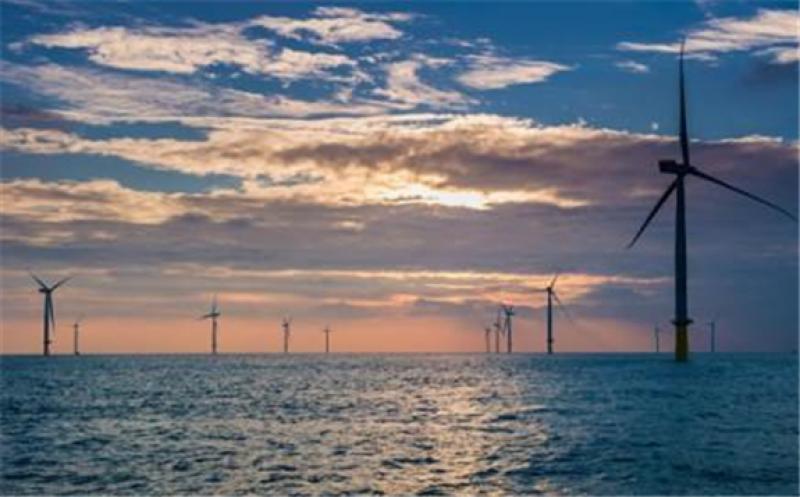By some estimates, offshore wind energy has the potential to deliver 18 times the current global electricity demand. The International Energy Agency (IEA) has said offshore wind power could develop into a $1 trillion industry over the next two decades, so there’s obviously a lot of growth potential around the world.

While the cost for offshore wind projects is currently higher than onshore systems, John Olav Giæver Tande, Norwegian Chief Scientist at SINTEF Energy Research, said the difference is less than most people realize. “Offshore wind is maybe cheaper than you think,” Tande said as a guest on The POWER Podcast. “Bottom-fixed offshore wind farms, they are today built without any subsidies—so, simply competing on electricity price at the best locations.”
Tande offered the Dogger Bank Wind Farm as a case in point. The site is being developed in three phases off the northeast coast of England. Each phase will have an installed generation capacity of up to 1.2 GW. When finished, the 3.6-GW development will be the largest wind farm in the world. “It’s competitive with the cost of electricity in the UK without any subsidies,” Tande said.
Floating platforms could provide a great new opportunity for wind power developers too. About 80% of the ocean is deep water, which means it’s not suitable for bottom-fixed wind farms. However, with floating wind turbines, the situation changes. “You have a much larger area to locate your floating wind farms, and they can be located at more ideal positions related to wind resource. But also, related to impact to other interest or an environmental impact or grid connection or fisheries or what have you,” Tande said.
To make floating technology more competitive, Tande said two things still need to happen: the design and operation of floating wind turbines need to be optimized through research and innovation, and the supply chain needs to be developed. “These two things will make floating wind cost-competitive within the next decade or so,” he said.
Among the technology SINTEF has helped develop over recent years are remote maintenance and surveillance systems, optimized boring systems, new generator concepts, and greatly improved methods and tools for designing floating and fixed offshore wind turbines. “The one innovation that has had the highest value were actually these models to optimize the constructions,” said Tande. “You can’t say that is a game-changer, but it has huge impact on the cost of electricity from an offshore wind farm. If you can reduce the amount of steel [by] maybe 5%, then you have an automatic cost reduction.”
Tande said his group is currently working on ways to operate wind farms using a more holistic approach. Historically, each wind turbine was operated to maximize individual output—the effect each turbine had on the operation of other surrounding turbines was not really considered. Now, researchers are investigating ways to maximize a farm’s overall output, which could mean curtailing operation of some turbines to improve the operation of others. “We are working hard to develop methods that we—in real time—are able to predict how the wind speed inside a wind farm is going to change depending on how we are controlling the individual turbines,” Tande said.
An offshore wind-filled power system does present some challenges for the grid. Europe is planning to have 450 GW of offshore wind by 2050, and some ambitious estimates suggest there could be 1,400 GW of offshore wind installed worldwide by that time. “With these kinds of massive amounts of offshore wind, it’s really a challenge of how to develop the grid to bring the power to shore and the technology to do that,” said Tande.
One interesting scheme involves producing hydrogen at offshore wind farm sites and shipping the product back to shore rather than installing cables to export the power. Tande said these types of facilities could be constructed floating far from land where the best wind resources exist, but the grid does not. “Very remote locations,” he suggested.
Oil and gas companies, as well as other research groups, such as the National Renewable Energy Laboratory (NREL) in Boulder, Colorado, have been partnering with SINTEF on offshore wind technology development. Oil and gas firms bring their experience from offshore oil rigs, and a desire to expand their business opportunities in light of the worldwide movement away from fossil fuels. NREL, for its part, has a mission to advance renewable power technologies, so it’s a natural fit for project collaboration.